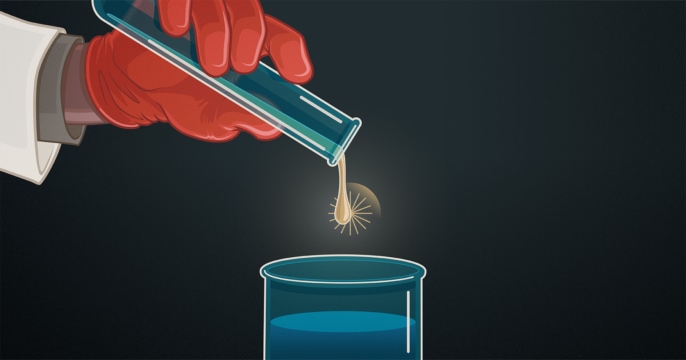
The Spark: Stop overcomplicating employee engagement
At Solid Form, the spark started as a question around employee engagement, kindling a flame under a team that craved more robust and creative projects.

Anyone who’s spent any time in Portland knows that we ARE Soccer City, USA (sorry, Seattle). Setting aside the legions of rec and youth players that take over every square inch of free turf, consider these highlights:
Portland, a small market by any standard has not just one but two national teams – the Timbers and the Thorns. Combined, these teams have three national championships in the last 6 years and a consistently enthusiastic rabid fan base (see: Timbers Army). Thorns’ attendance is three times that of their nearest rivals, and Timbers’ games always pack the stadium (at league-leading 96% capacity). And, if you’re looking for season tickets, get in line: the waiting list for the Timbers stands at over 10,000.
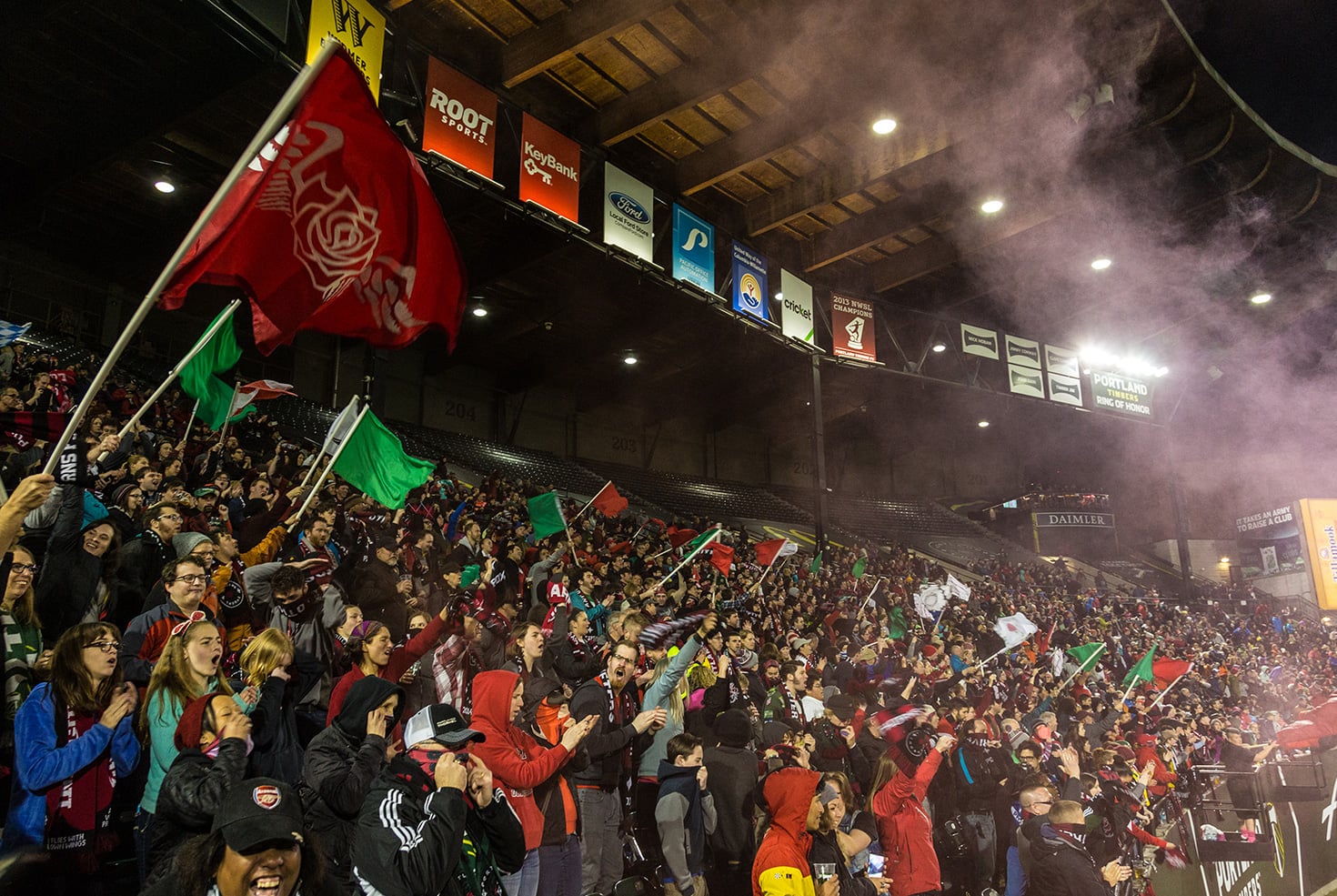
And then there’s the college scene – the University of Portland’s nationally ranked women’s team has won 2 national championships and is revered as one of the top programs in the country. In fact, the Pilots are one of only four Division 1 teams with multiple championship titles. Have a daughter who loves soccer? The University of Portland is the place.
Finally, there’s this guy, who cuts a log every time the Portland Timbers score. That, my friends, is fanaticism at its finest.
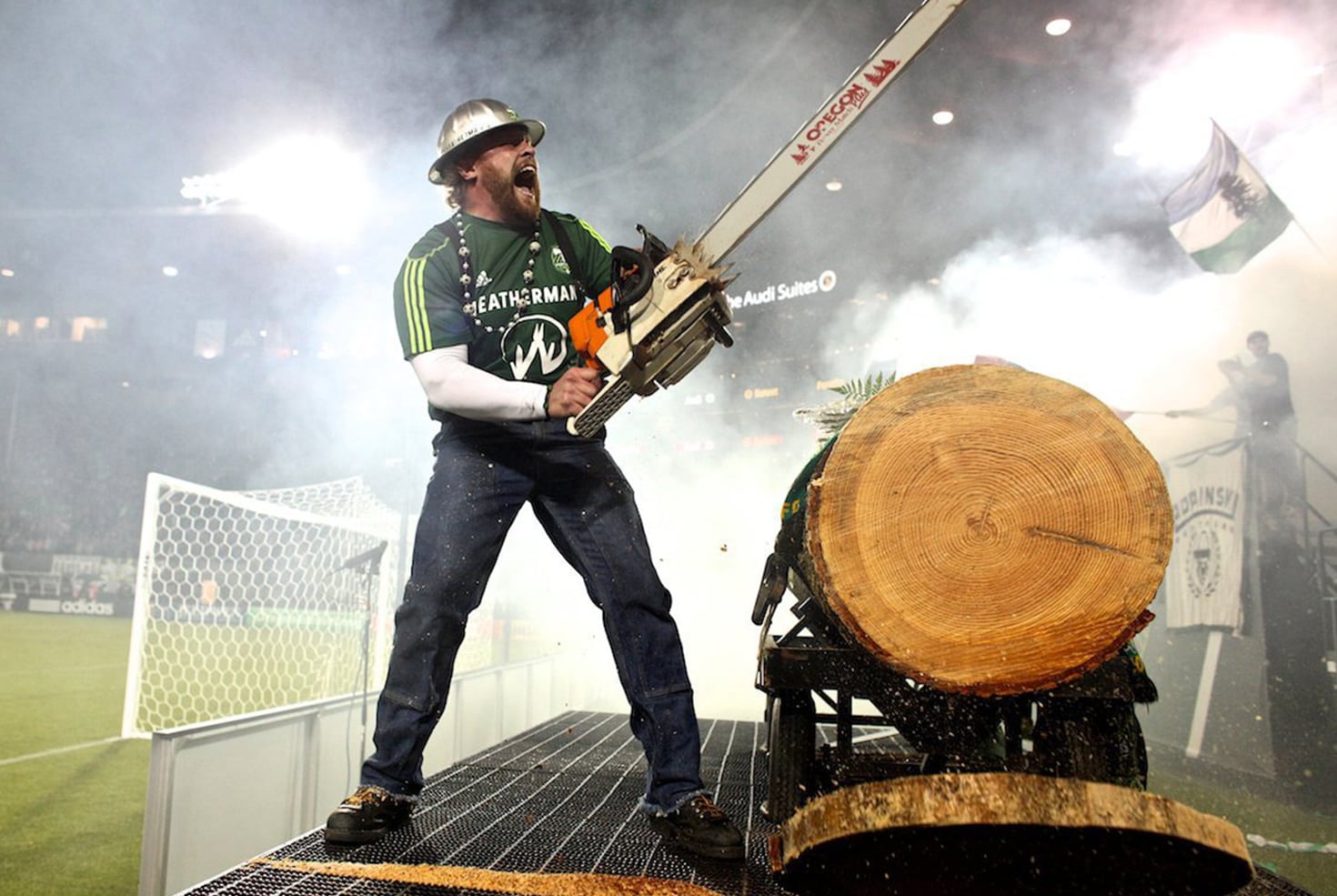
Despite Portland’s enthusiasm for the sport, however, I get it - soccer can be a tough game to love.
Long stretches of slow play, feigned injuries, scoreless games, stoppage (huh?), ties... most Americans, accustomed to the fast pace of football and basketball, grow quickly bored with soccer. And, a game that can end in a zero-zero tie… Wait, what??!?!
While you may not share my enthusiasm for the Beautiful Game, there’s something to gain from the strategy of this sport – something that can help your business and marketing more than you might expect.
Soccer is a game of creating sequences. Great teams control the ball, setting up a series of passes that force the defense to spread out across the pitch. A successful offense methodically moves the ball across, up, and down the field, until the wall of defenders becomes porous and subject to attack. But here’s the deal: since so many players are involved in moving the ball (usually the entire team, in fact), it only takes just one player’s errant pass to collapse the offensive chain.
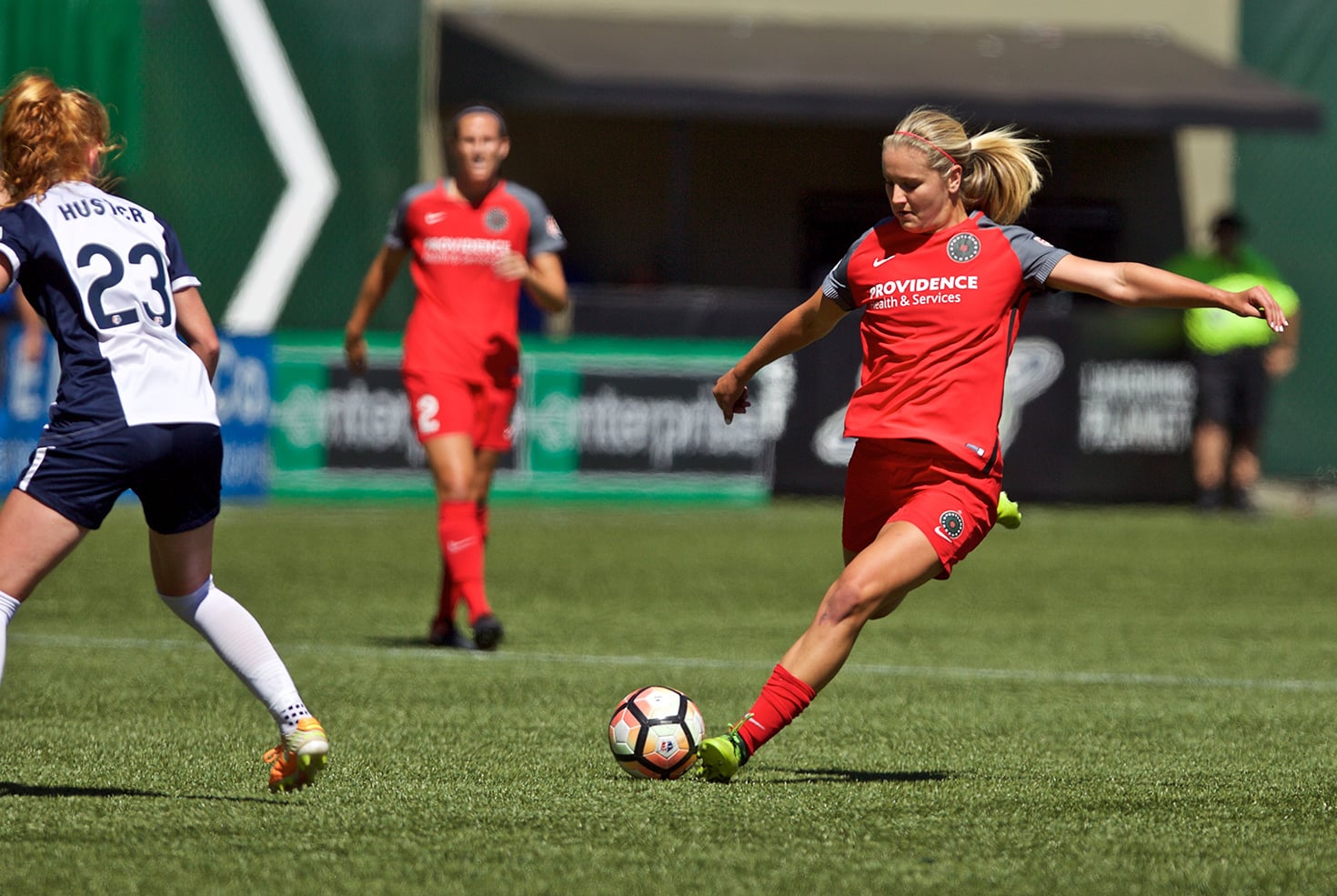
Because it’s so difficult to score a goal, the dynamics of an offense informs a coach’s strategy. Rather than recruiting that one “amazing,” player, savvy soccer strategists focus on improving the weakest link in the chain.
In other words: Top-billing players draw crowds, but well-balanced teams win games.
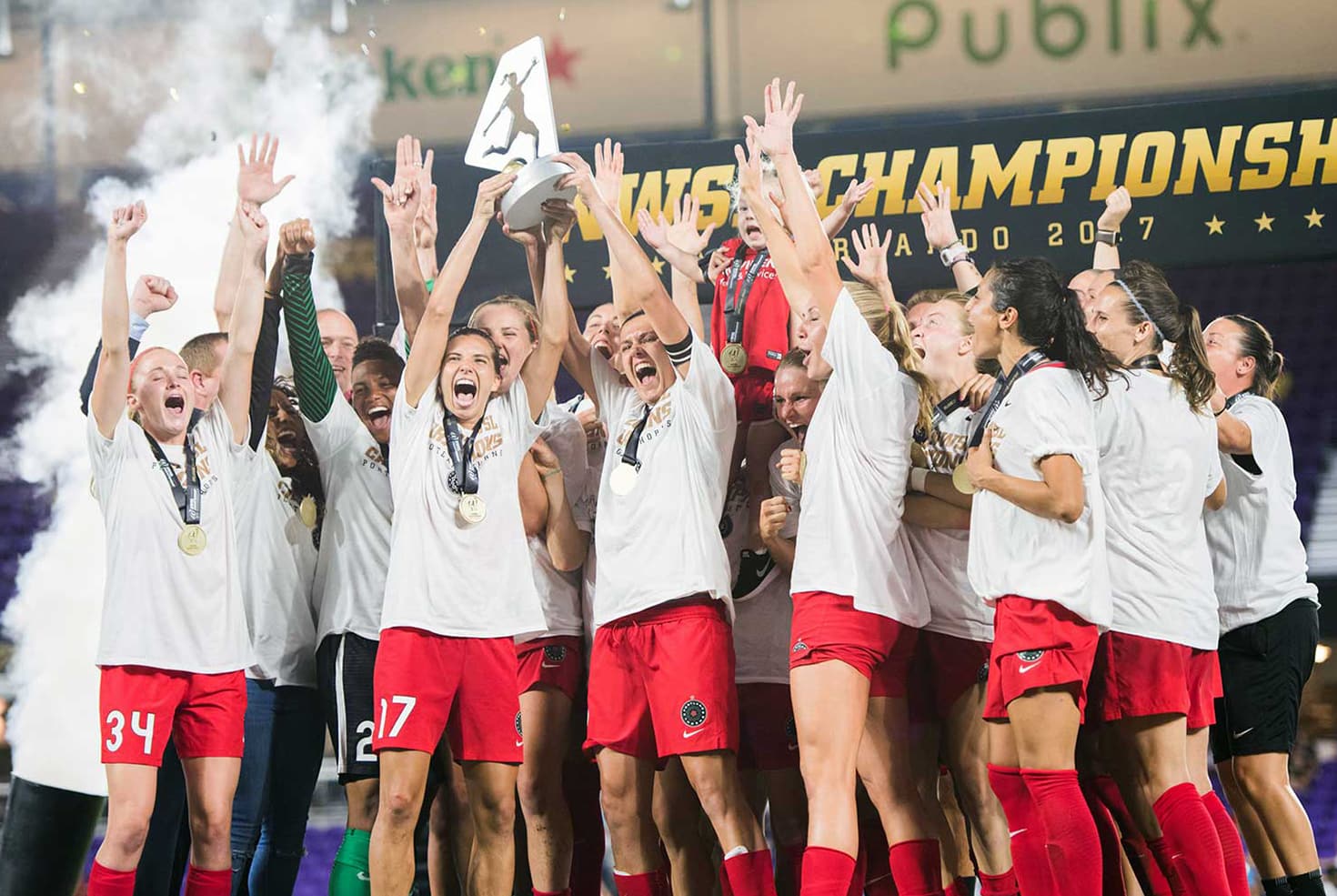
The opposite of weak-link soccer would be a high-scoring game like basketball. In a “strong-link” sport, individual stars can single-handedly change the outcome of a game. Think Michael Jordan or LeBron James – these players can absorb turnover costs from their weaker teammates simply because of their ability to score large numbers of points by themselves. In the epic game 6 of the 2016 NBA Championships, for example, James scored 41 of his team’s 115 points. That’s over a third of all points, from one player who makes up .07% of the 15-man team. When one player can have such an outsized impact, coaches of strong-link sports naturally focus their strategy on landing one or two key players and letting the rest of the team fall where it may.

Let’s apply this methodology to business: Consider the departments that make up a company as members of a team: these players include finance, operations, innovation, HR, customer service, sales, marketing, technology, leadership, and strategy.
Sometimes, the right play is a strong-link strategy. Take the case of PayPal, for instance. In the podcast, Let Fires Burn, former PayPal executive and LinkedIn founder Reid Hoffman discusses the team’s early strong-link strategy. As the nascent organization attempted to scale, Hoffman needed every available resource to acquire new customers (marketing) and to build the program (engineering). Every other department – including customer service – became nonessential, and therefore a distraction. In fact, at one point the “distraction” of customer service became so acute that he made the dramatic decision to literally unplug the phones. In other words, Hoffman made the strong-link bet on his sales and engineering resources, while letting his customers suffer the effects of non-service (his weak link). The end-result? In just two years, PayPal sold to Ebay for $1.5 billion, minting a cadre of Silicon Valley millionaires.
Now, as someone who really values long-term clients, shutting off phones is a tough strategy to swallow. But, as Hoffman explains in his podcast, fast-growth can sometimes mean getting laser-focused. When your ultimate goal is a sale and exit from the company, it’s all about knowing which fires you should put out and which ones you let burn…

Ok, so sometimes a strong-link strategy can be good for business. But how do we know when our strategy of smoldering fires is actually producing a business-consuming inferno? To illustrate what happens when things go wrong, let’s look at the current venture-funded tech landscape (I’ll just call it “tech,” for shorthand).
Tech is popular with investors right now because it generally requires very little labor and can scale without the addition of human capital. Top tech companies, for example, are valued at millions of dollars PER EMPLOYEE. Facebook, in 2016, was worth nearly $20mm per employee; in 2017 the company crested $500 billion in market cap, with just 20,000 employees. Contrast these stats with a traditional business like General Motors: GM's market cap is just $62 billion, with a market-value-per-employee was just $63k. In other words, it takes GM nearly 10X the number of employees Facebook has to produce 12% of Facebook’s market value.
Because of the lucrative, high-margin nature of the tech sector, private money and intuitional investors have flooded the market. And, when these players invest, their money goes to three strong-links: Sales, Marketing, and Engineering. Investors, eager for fast growth and a “liquidity event” (aka stock sale), push executives to build IP, and to acquire customers quickly (at almost any cost).
Except that there is a cost, and that cost shows up in the weak areas of the organization (almost always HR, but also finance, operations, leadership, and customer support). And what happens then? Infernos. Here are just two examples:
Nearly every industry has this trade-off dynamic associated with a strong-link strategy. In the marketing industry, for example, most firms go all-in on sales (their strong-link) while foregoing staff well-being (the turnover rate in marketing is sometimes estimated as high as 30-40%). Manufacturers and engineers tend to excel at operations, but can’t market themselves out of a paper bag. CPA's and attorneys tend to be well-versed in finance (or, at least their bills tell me they are) but stumble with strategy (mostly selling the same business model as their peers).

As the PayPal story illustrates, there can be times when a strong-link approach wins out. In fact, most startups, funded or not, are forced to use a strong-link approach. Typically, the founder, relying on her network, will push the lever of sales harder than any other aspect of the business. Operations is important, but without income (and sales fuel), even the most well-oiled machine will stall.
That said, as an organization matures, there is often an inflection point where ignoring the weak links produces fires the size of which make any strong-link wins inconsequential. Keep in mind this fact: Reid Hoffman’s tenure at PayPal was just 2 years, and he describes the experience as PTSD resulting from so many corporate near-death experiences. Few business owners I know actually enjoy the effects of the strong-link strategy, but most don’t know they have a problem. Here are just a few examples I’ve seen in the last few years:
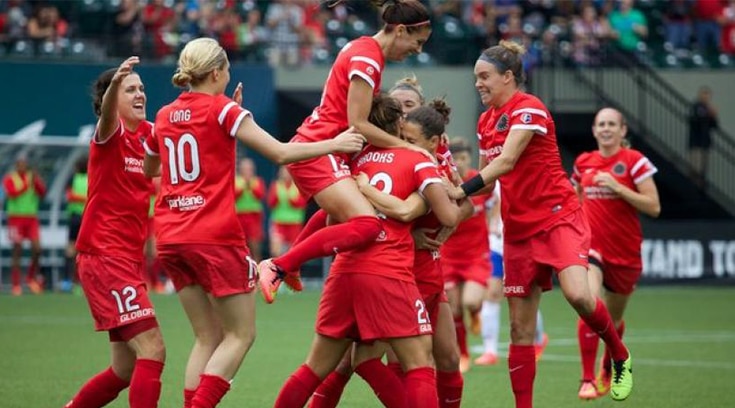
It isn’t too late to learn a lesson from the Portland Thorns (or any soccer team, for that matter). In fact, the end of the year is a great time to take a fresh look at your business. At this point, the financial picture is fairly set, and the short days mean plenty of distraction-free time to sit and reflect on what’s going well, and where decisive action is overdue. In Portland we even have the added benefit of the rain – there’s just no temptation to go outside.
Weather jokes aside, take some time this month and ask yourself: Am I running a “soccer” (weak-link) strategy or a “basketball” (strong-link) strategy? Am I using a strong-link strategy that’s outgrown its utility? Would a weak-link investment help us build a more sustainable organization? What could happen if I spend time working less at what we’re great at, but instead turn our attention to what’s bedeviled us?
For many owners the weak-links are strategy and marketing. These arenas are doubly hard because there’s never a “silver bullet,” fix. Breakthrough strategy and marketing usually require months and years of forging to become resilient like the rest of your business.
But, when faced with a big task, take a page from the Thorns' playbook. In 2016 the Thorns were knocked out of the playoffs in a surprising upset at their home field. Adding injury to insult, the team started the 2017 season without their star playmaker, Tobin Heath.
Health's chronic back injury and absence forced the team to look more closely at their weak links and how they might retool for success. Coaches moved players around, minimized the team's vulnerabilities, and focused on up-leveling the players throughout the team. Instead of looking for Heath's superstar replacement, the Thorns smartly viewed the team as a whole unit.
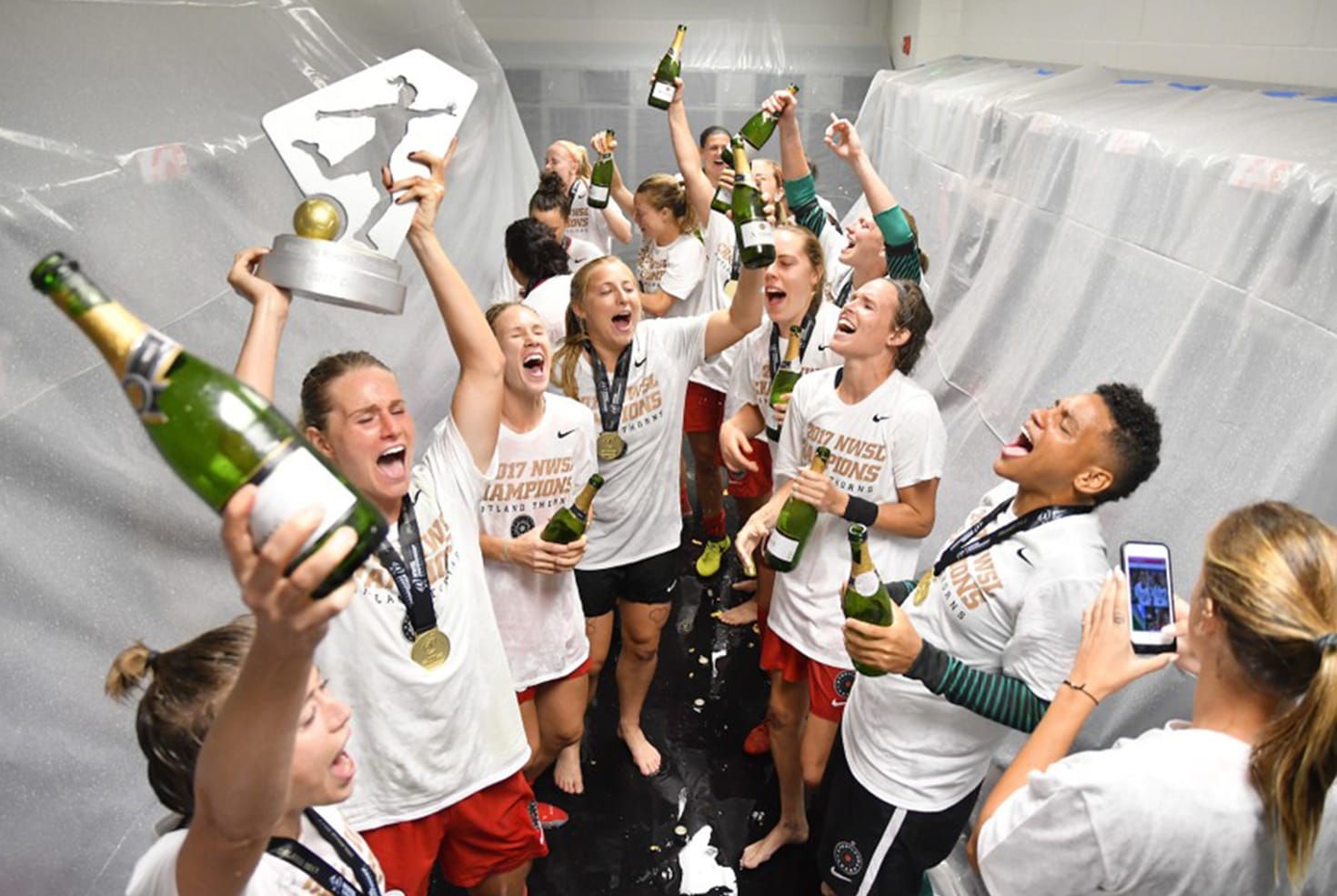
The result? After a wobbly early-season start, the team powered through to second in their division (mostly without Heath). Even better? Crushing the team that knocked them out of the 2016 playoffs and then going on to win the 2017 national championship. Now that's a winning strategy.
Get insights like this straight to your inbox.